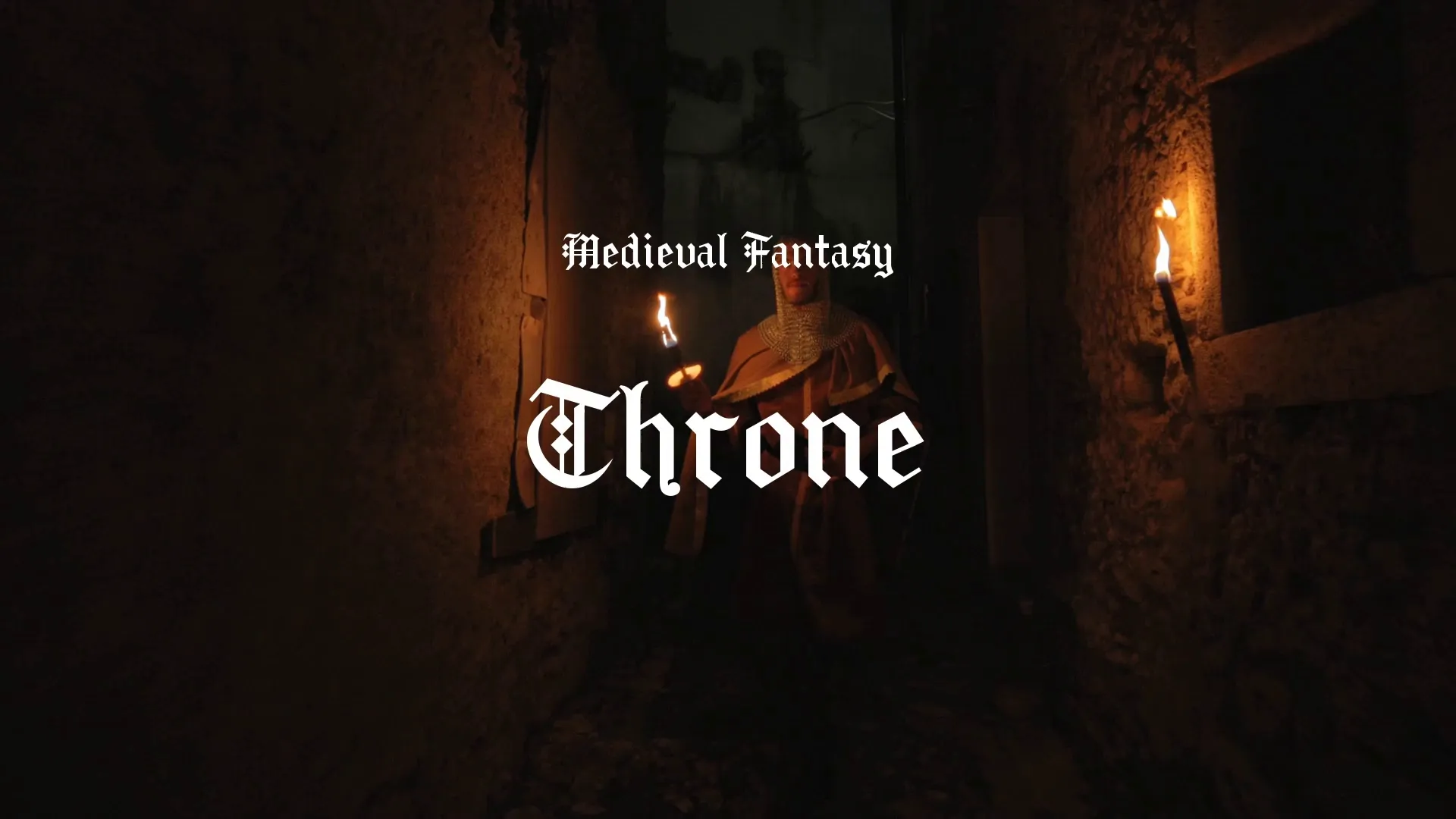Game Asset Workflow Optimization: Mastering Your Game Development Asset Library
Efficient game asset workflow is not a luxury; it is a necessity for indie game developers. A disorganized asset library directly leads to wasted time, inconsistent art styles, and project delays. Mastering your asset pipeline is crucial for maintaining momentum and delivering a polished game.
The Cost of Disorganized Assets
Many developers underestimate the cumulative time lost searching for files or recreating assets due to poor management. This inefficiency impacts both small and large projects, leading to frustration and burnout.
Inconsistent naming conventions, scattered files, and a lack of version control are common pitfalls. These issues compound as a project grows, making future updates and team collaboration difficult.
Streamlining Your Asset Creation Process
Before any asset enters your library, establish clear specifications and naming conventions. Define resolution, poly count, texture formats, and animation requirements upfront.
This proactive approach minimizes rework and ensures assets are immediately usable. Consider creating a style guide to maintain visual coherence across all art assets.
Standardizing Naming Conventions
Adopt a consistent naming structure from the start, such as AssetType_AssetName_Variation_State_Version. For example, Prop_Crate_Wood_Destroyed_v01 provides immediate context.
This practice makes searching and identifying assets much faster, especially in large projects with many contributors.
Establishing Folder Structures
Implement a logical folder hierarchy, categorizing assets by type, environment, or game area. A common structure might be Assets/Models/Characters, Assets/Textures/Environment, or Assets/Audio/SFX.
Avoid deep, convoluted folder paths that make navigation cumbersome. Keep the structure intuitive and easily navigable for anyone working on the project.
Effective Asset Library Management
Your asset library is the backbone of your game. Treat it as a living repository that requires constant attention and organization. Leveraging dedicated tools can significantly improve efficiency.
Centralized Asset Repositories
Use a centralized system to store all game assets, preventing scattered files across different drives. Cloud storage or dedicated asset management software ensures everyone accesses the latest versions.
Wayline’s Strafekit offers a curated library of high-quality, royalty-free assets, providing a reliable source for your projects.
Version Control for Assets
Just as you version control code, do the same for your assets. Tools like Perforce, Git LFS, or even cloud services with versioning capabilities are essential.
Create a free account, or log in.
Gain access to free articles, game development tools, and game assets.




.webp)





.webp)












